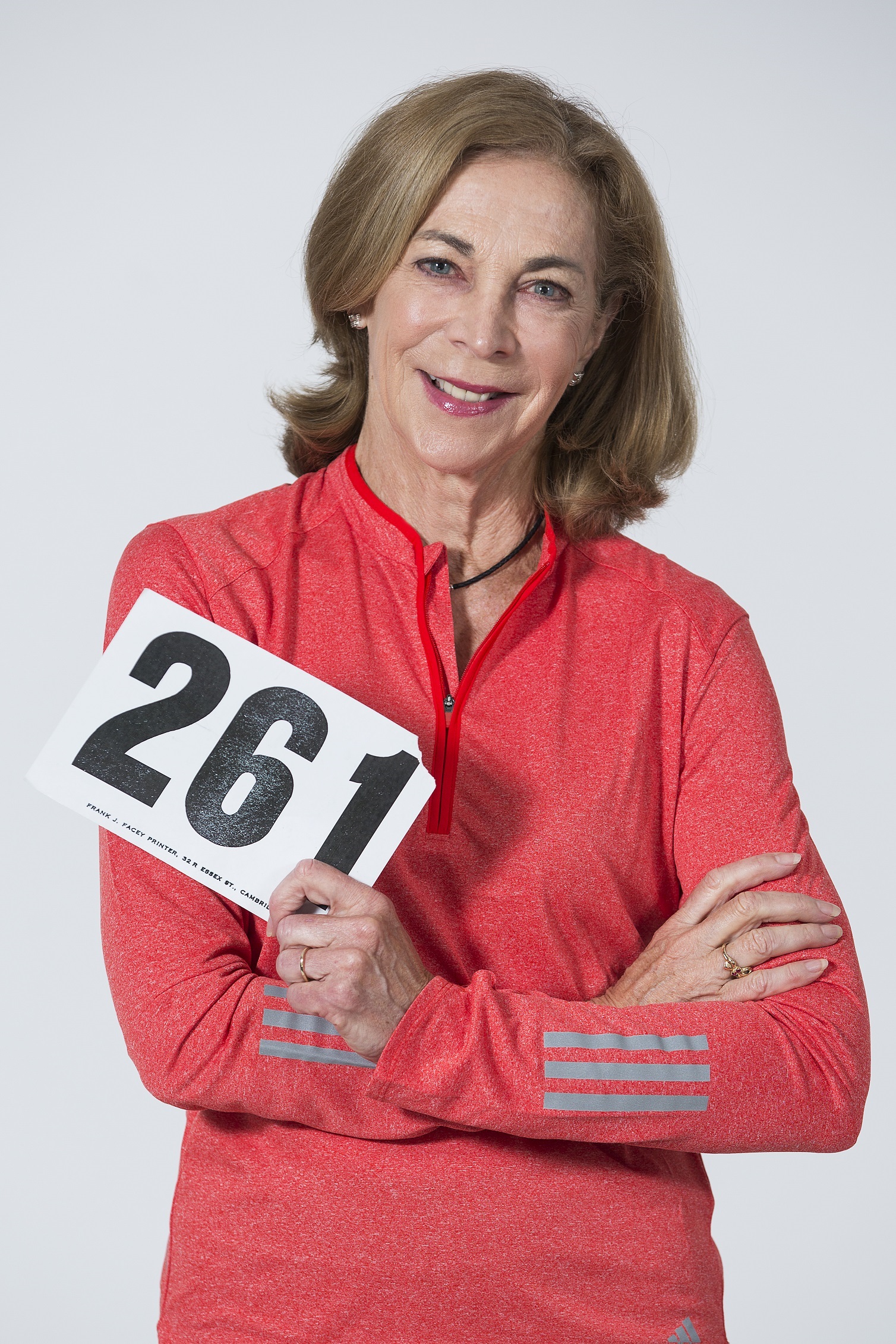
In 2013, 75 per cent of their hundreds of thousands of entrants were women. The Rock ‘n Roll Running Series organizes races in 28 cities in Europe and America. Elsewhere, women are flooding the finish lines. But Switzer paved the first part of a long road to this year’s remarkably gender-equal Boston Marathon.Īnd of course Boston is just one front in a larger revolution. In 1972, there were 1,210 men at the start line - and just 9 women. True, it took Boston five more years before officially allowing women into its marathon. Just past mile four the race director leapt from the media truck, rushed on to the course and tried to push Switzer off, yelling “Get the hell out of my race!” But Switzer carried on and that collision became one of the most iconic images of the women’s rights movement. Then, in 1967, a Syracuse University journalism student, Kathrine Switzer, entered the Boston Marathon despite the ban on women runners. Besides, it was said, they’d damage their internal organs and compromise their fertility. It was just assumed that women could never endure the gruelling 42.2 kilometres from start to finish. Before 1967, no woman was even allowed to run in a marathon, not since the first one took place in the 1896 Olympics in Athens. It’s easy to forget how far women have come, and how fast. Last year well over half (56 per cent) of all runners in all races in America - 5K, 10K, half-marathons and marathons - were women. In fact, in running generally, the numbers have already tipped in women’s favour. This tipping point isn’t just being neared in Boston.

It will be a record number of women at the start line and it suggests that next year, for the first time, the majority of participants in the world’s most prestigious endurance race might not be men. Leading the fight will be the 16,560 women who make up 46 per cent of the entire field of runners in this 118th Boston Marathon. Next Monday, the Boston Marathon could well become the latest front in a second American Revolution.


 0 kommentar(er)
0 kommentar(er)
